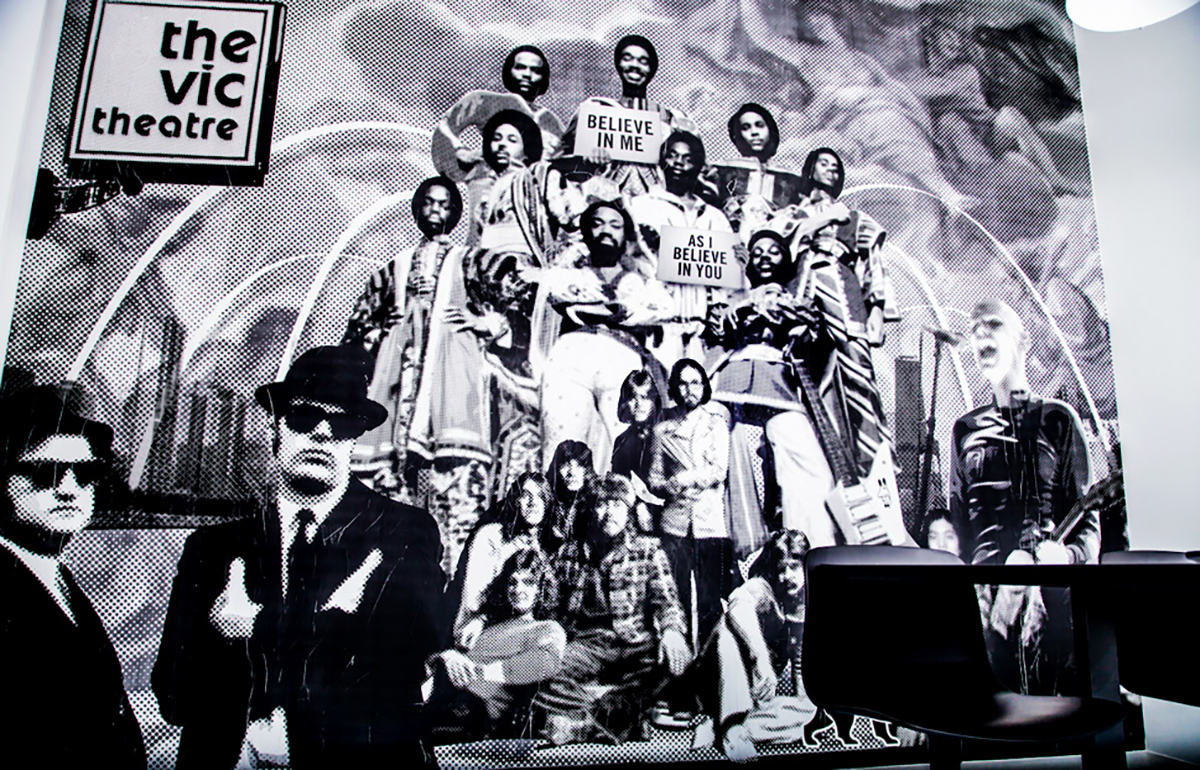

Conversely, workers in industries that offer a large number of entry level jobs-leisure & hospitality and wholesale & retail trade-have unemployment rates greater than the national average. Workers in industries that require specialized skills or training, like financial activities and durable goods manufacturing, are experiencing relatively low unemployment rates. As the labor market continues to shift, and workers obtain new skills to gain employment in different industries, our labor pools take different shapes. Meanwhile, in more stable, higher paying industries, the number of employees quitting has been lower.Įmployers are responding quickly to the worker shortage, deploying new strategies to attract and retain a talented workforce. Workers in traditionally lower paying industries, including leisure and hospitality and retail, have been most likely to quit their jobs. The Great Reshuffle has affected some industries more than others. Quit rate for the financial activities industry We have a lot of jobs, but not enough workers. Download the Data: Labor force by industry.Analysis: Learn the industries impacted the most.

Plus, early retirements and less immigration has left the nation in a worker deficit. Where did the workers go? Boosted unemployment benefits, stimulus payments, and child tax credits have padded the finances of some previously employed workers, and they no longer need to work. If every unemployed worker took an open job in their industry, there would still be millions of open jobs. If the percentage of people participating in the labor force was the same as in February 2020, we would have 2.9 million more people in the workforce today-and this shortage is impacting all industries in every state. However, labor force participation does not match what it was before the pandemic. The latest jobs report from the Bureau of Labor Statistics showed that thousands of people are entering the workforce. Workers that have left the labor force since Feb.


 0 kommentar(er)
0 kommentar(er)
